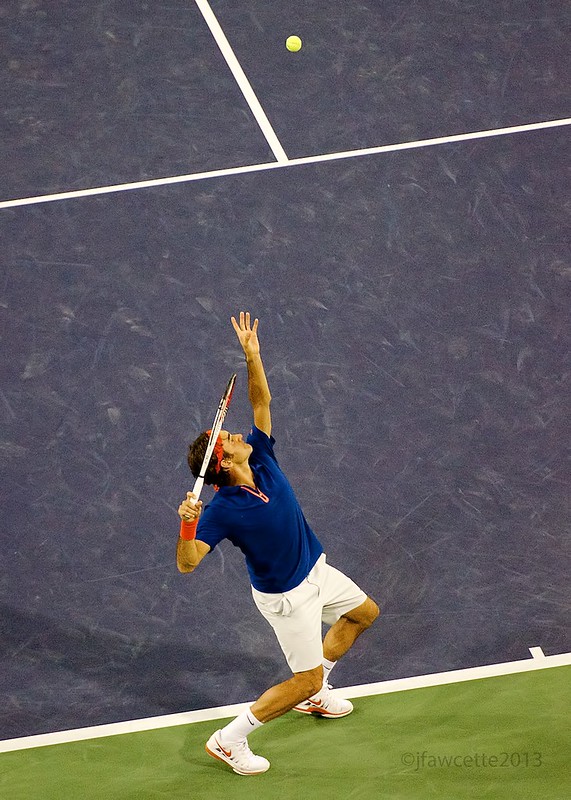Right on point in your thread above
Jim Fawcette's picture in #1274 above is right on point
The actual right shoulder extension vs the line of the shoulders is minimal.
don
Originally posted by johnyandell
View Post
The actual right shoulder extension vs the line of the shoulders is minimal.
don










 I'm a firm believer that there is room for both techniques and that the classic WTA style forehand isn't going away anytime soon.
I'm a firm believer that there is room for both techniques and that the classic WTA style forehand isn't going away anytime soon.
Comment